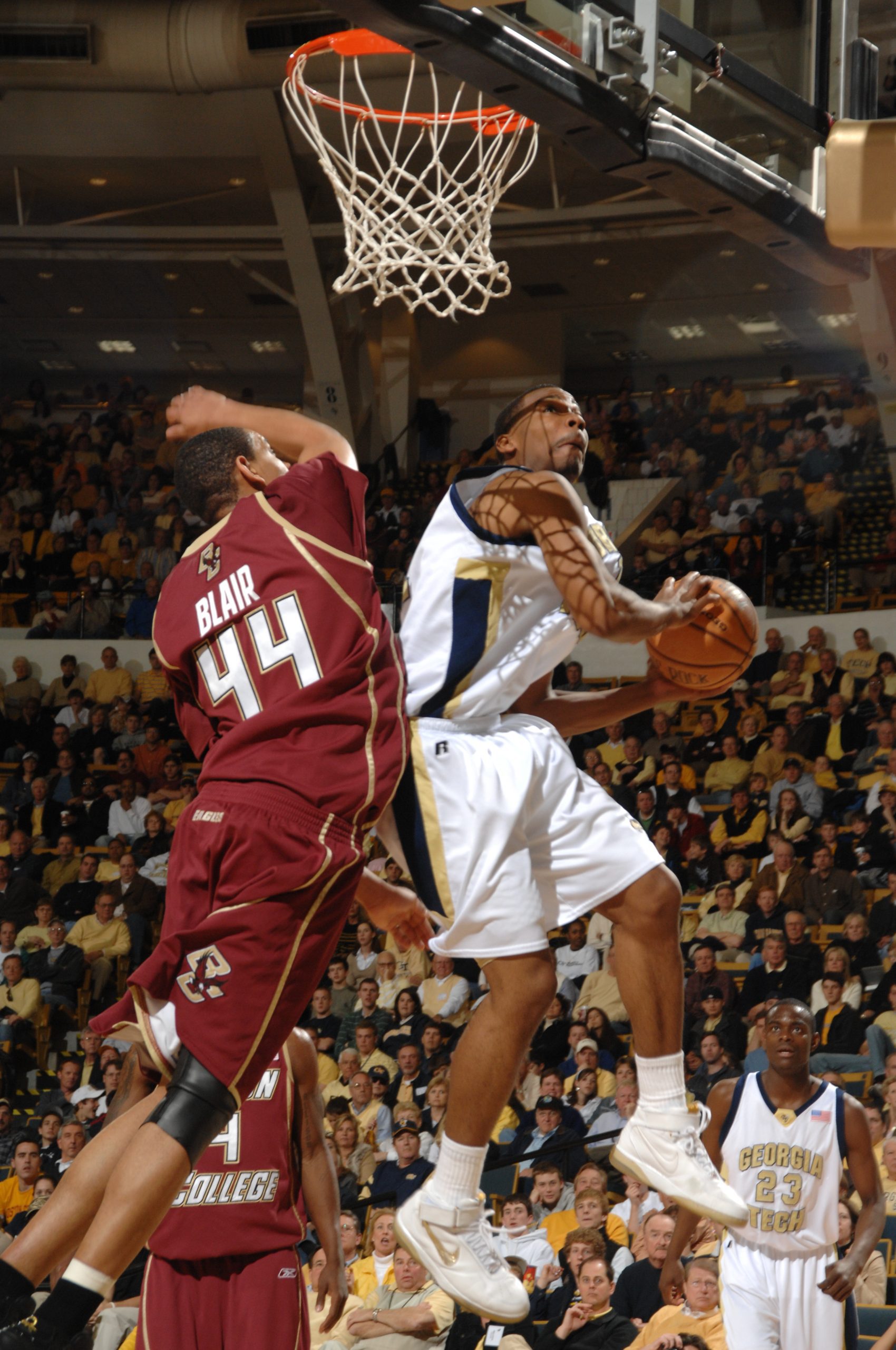Nikon D2X, Sigma 18 – 125mm, ISO 400, ƒ/7.2, 1/200 [4 – Alienbees B1600s full power on the catwalk with 50º parabolic reflectors, triggered by Pocketwizards.]
The other night I attended a lacrosse match at the local high school. I went as a spectator. Attending a game when not working is rare for me to be at a sports event without my camera equipment.
It was interesting to watch the parents photographing the game. A couple of them were on the sidelines, but most stayed in their seats in the stands.
Everyone was shooting with digital cameras. From the most straightforward cameras to most professional equipment, they all had similar focal length lenses that would zoom out to about 200 mm (equivalent to a 35 mm camera).
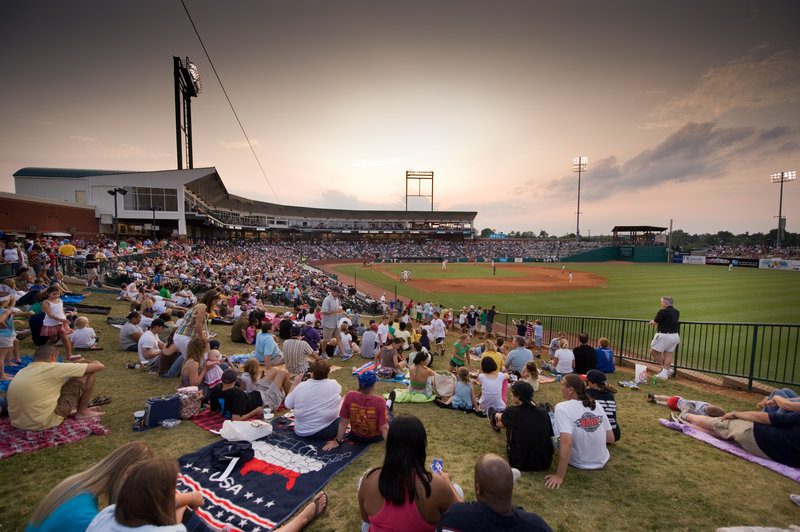
At this high school lacrosse match, the parents were not kept off the sidelines by anyone. Instead, they kept themselves back from the action!
The difference between what each person could photograph varied dramatically because of where they were in relation to the field action.
If you want better photos of your kids playing sports (or doing almost anything else), get as close to the action as possible. But, of course, use some common sense and don’t get in the way of the game or the fans and a safe spot for you.
A famous war photographer said something that applies to sports photography just as it does to war photography. “If the pictures aren’t good enough, you’re not close enough.”
In addition to getting out of your seat to improve your photos, it is to hold your camera still. The longer the focal length, the shakier it can become. Use a monopod. They sell for about $30. I like the Manfrotto Modo 790B Monopod. A monopod will help keep your camera steady and improve the image’s sharpness. It is easier and faster to use than a tripod.
Most folks stand up when taking pictures. It’s more comfortable than squatting or resting on your knees, but it doesn’t usually give you the best action shots. You shoot up at the athletes if you are low to the ground. A lower perspective makes them seem more heroic. Shooting from a low angle makes them appear higher off the ground. Staying low on the sidelines is also courteous to the fans.
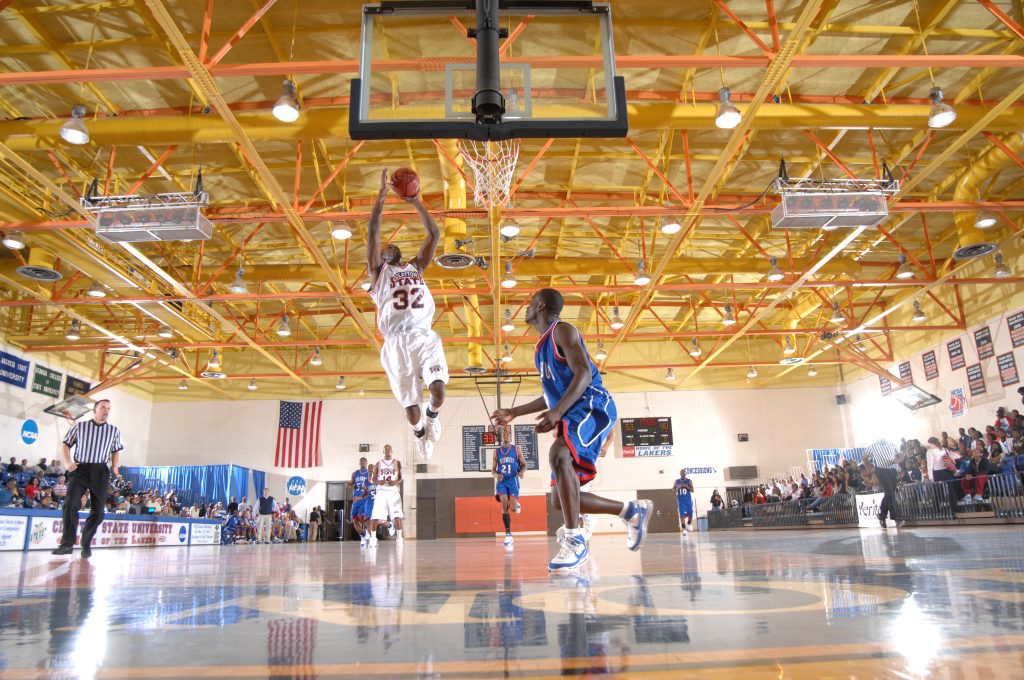
Another trick: Be where they are going – not where they are. Get downfield and shoot back at the players. Now when the big play happens, it is coming to you, not away, plus you can see their facial expressions.
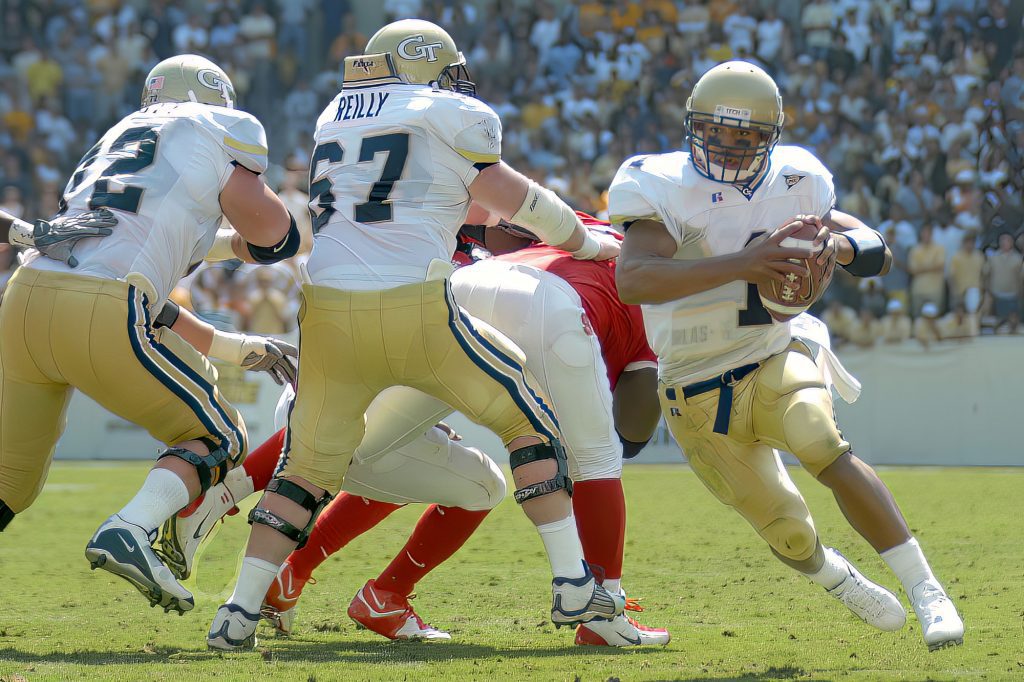
If the sport you cover has a ball, ask yourself: Where’s the ball? Most of the peak action, the tangible expressions, and the competition will be around the ball. This rule doesn’t apply to all your shots, but it is a good one to remember.
If you were covering football, you would be on opposite ends of the field depending on if you are covering the offense or defensive players. You want to see the player’s faces as close as possible. The grimaces will show the intensity of the play.
With digital cameras, you can take ten, a hundred, or even a thousand pictures for the exact cost. So take lots of photos to capture the best moments.
Your kids will probably play these sports for just a few years. But, having good photos in which they can recognize themselves will be something they cherish for a lifetime.
So get out of your seat and get close to the action. You (and your kids) will be glad you did.
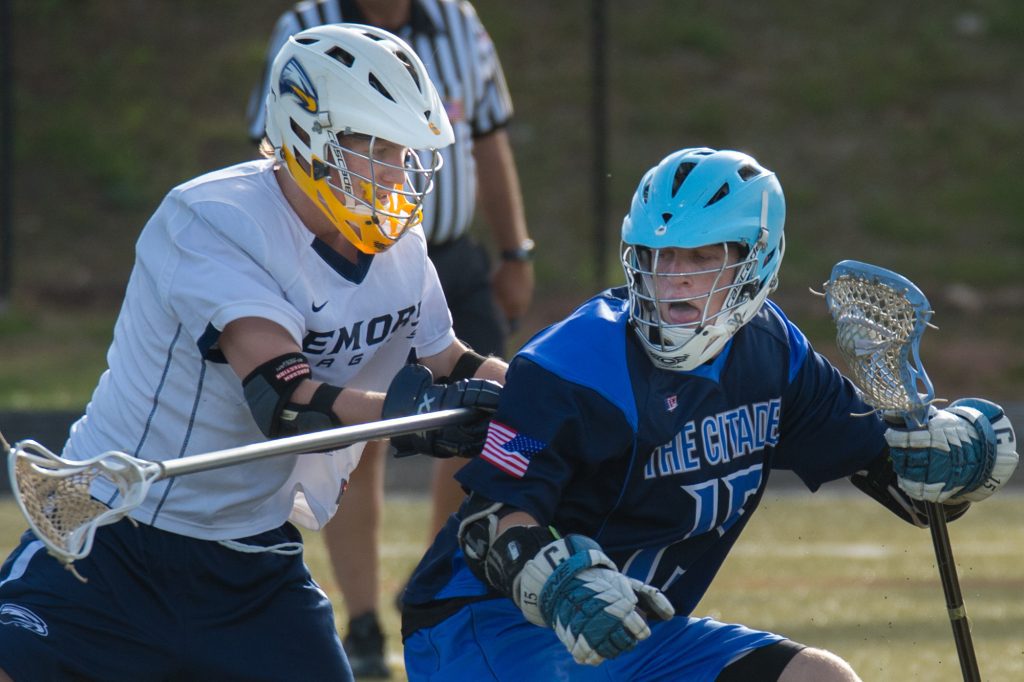
Let’s sum it up:
- Get closer.
- Use a monopod. Fuzzy Photos don’t count
- Get down, and shoot up – make them heroes.
- Stay ahead of the action.
- Where’s the ball?
- Show the faces/capture the emotion.
- Take more pictures; it improves your odds.
- Enjoy the photography and your kids.

